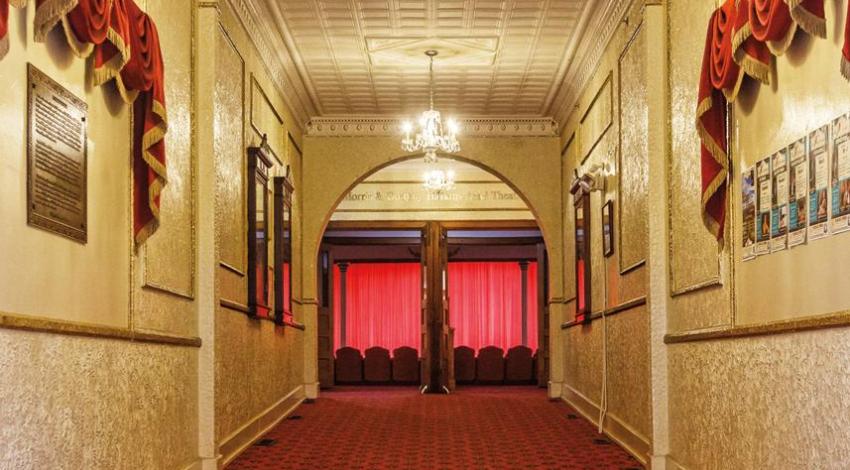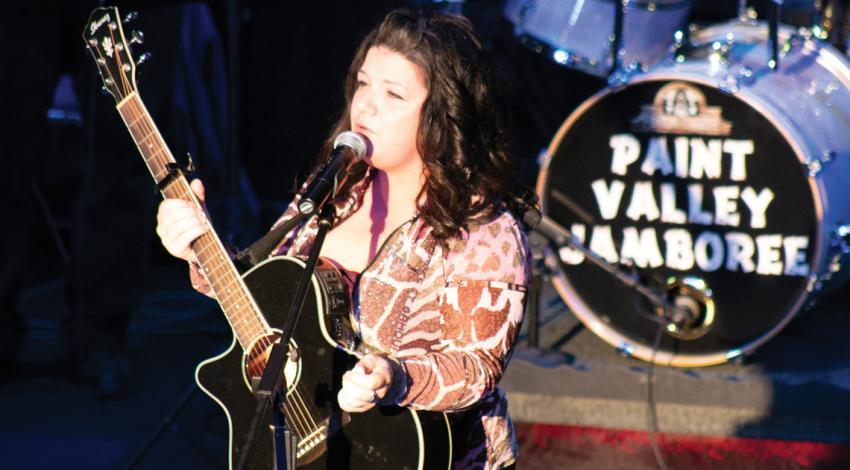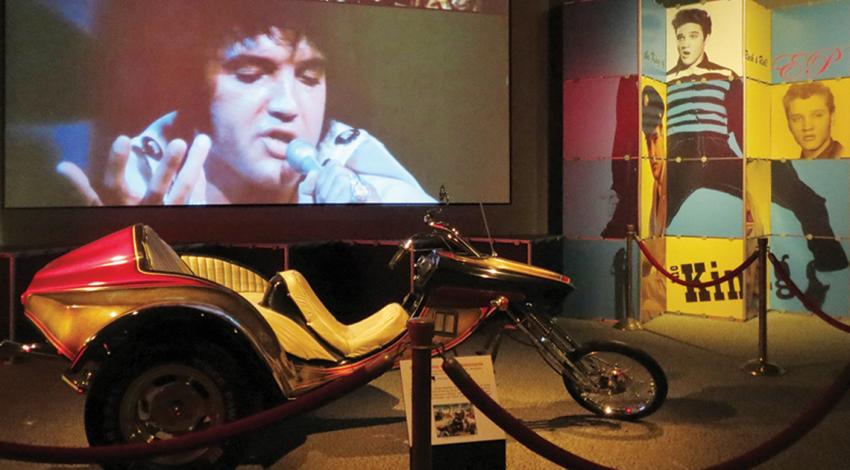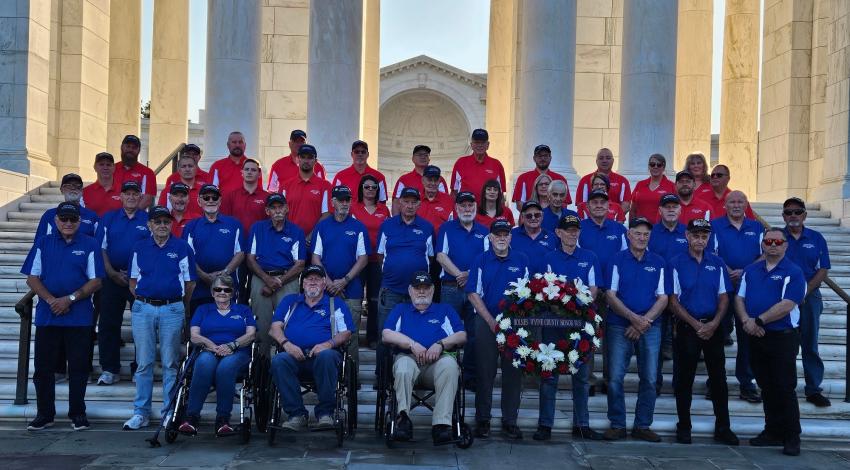They start showing up on West Lincoln Avenue in Delaware — folding chairs, blankets, and snacks in tow — around dinnertime on Fridays during the summer, setting up on both sides of the street near No.
“I was so frustrated that I couldn’t play,” he says. So he started calling up a few musician friends and they did some socially distanced sets in his backyard for a few neighbors who would “sit and be kind,” he says. Soon enough, the neighbors encouraged them to move the show to the front yard.













